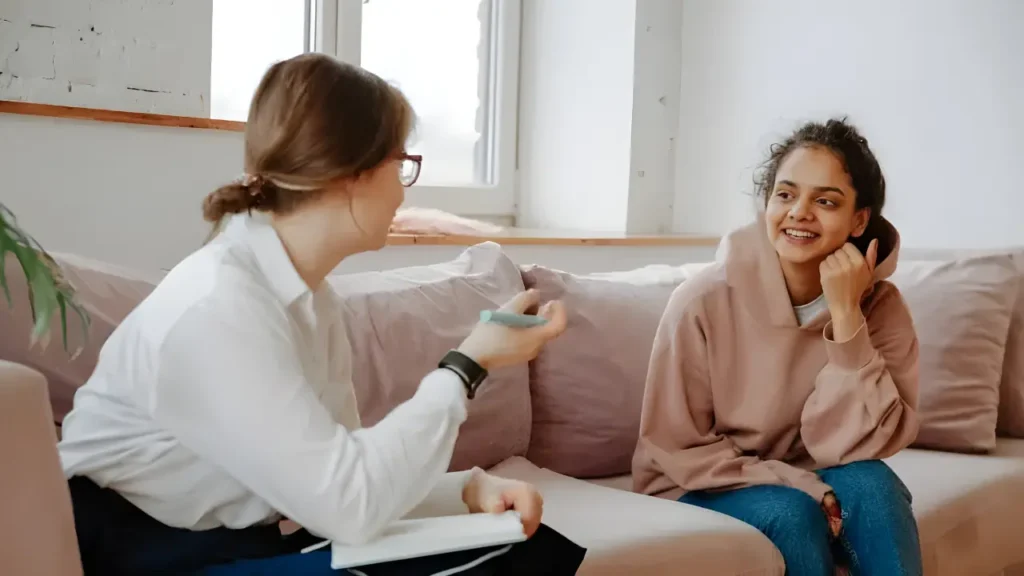
As educators and coaches, we always are looking for learning and growth opportunities. The holidays are a great time to create concrete learning opportunities, but learning doesn’t just happen. In this blog we will discuss a concept in education called cognitive modeling. Although not easy to master, it is a practice that you can involve with any individuals that you may be teaching. This could be family members, work colleagues, or friends. We will first define cognitive modeling, and then look at two practices to help implement it in your day to day engagement with others.
What is Cognitive Modeling?
In simple terms, cognitive modeling is teaching others how and what to think. It is an educational approach to helping others learn to think. One way our brain helps us navigate life is through our inner voice. Our inner voice helps us reason, strategize, plan, problem solve, and so much more. Cognitive modeling is a way to help teach people things that their inner voices shouldbe saying. Cognitive modeling also helps with teaching more of the why and how of things, instead of just the what. For example, it is easy to tell someone that they should plan out their day with a To Do list. Cognitive modeling would take this a step further, in diving into the why and how of it all. Try using these two approaches to integrate cognitive modeling in your day-to-day:
Reasoning Out Loud
When we navigate problems or situations, we are constantly prompting ourselves. If you are heading to an appointment, and you only have 5 minutes until it starts, you need to be efficient with your time. If you enter into the building and go to press the elevator button, but it doesn’t light up. What are some of the things you may say to yourself? “Maybe the light is broken, let me press it again,” or “Perhaps the elevators are out of order, let me ask the front desk.” These prompts are all happening internally, but they are helping you problem solve. You may ask yourself, “Do I hear the elevator moving?” and “Where are the stairs, just in case the elevator is broken?” If you are with a family member that you are trying to teach, you would go ahead to think all these things out loud. That would help teach them the type of reasoning that you are using to problem solve. There are opportunities like this in the workplace as well. Instead of jumping immediately to problem solving something for a colleague, involve them in your reasoning. You can use lines like, “when this happens I immediately think…” By involving others in your own thought processes, you are teaching others how to get to the answer or solution, not just providing the solution.
Asking Questions
It’s great to start off with reasoning out loud, but the next step towards independence is to turn the reasoning-out-loud into questions. Often our internal monologue is not just statements and directives, but are usually prompted by questions we ask ourselves. For those who struggle with waking up in the morning, think about all the questions (and resulting answers) that help you navigate towards a solution. For kids, you can think of questions like:
- How much sleep did you get?
- Was it enough?
- When do you think you should go to bed?
- Is your strategy working?
- What can we try differently next time?
These types of questions can apply in so many different contexts to help problem solve. By using questions, you are helping cognitively model the types of questions they should be asking themselves. What I always tell people is that we can’t assume people know the questions they should be asking themselves, so we have to teach them these questions in the first place.
Keep an eye out for the next blog in this series on education and teaching methods that can be used in your home and workplace. We will be discussing explicit instruction.





